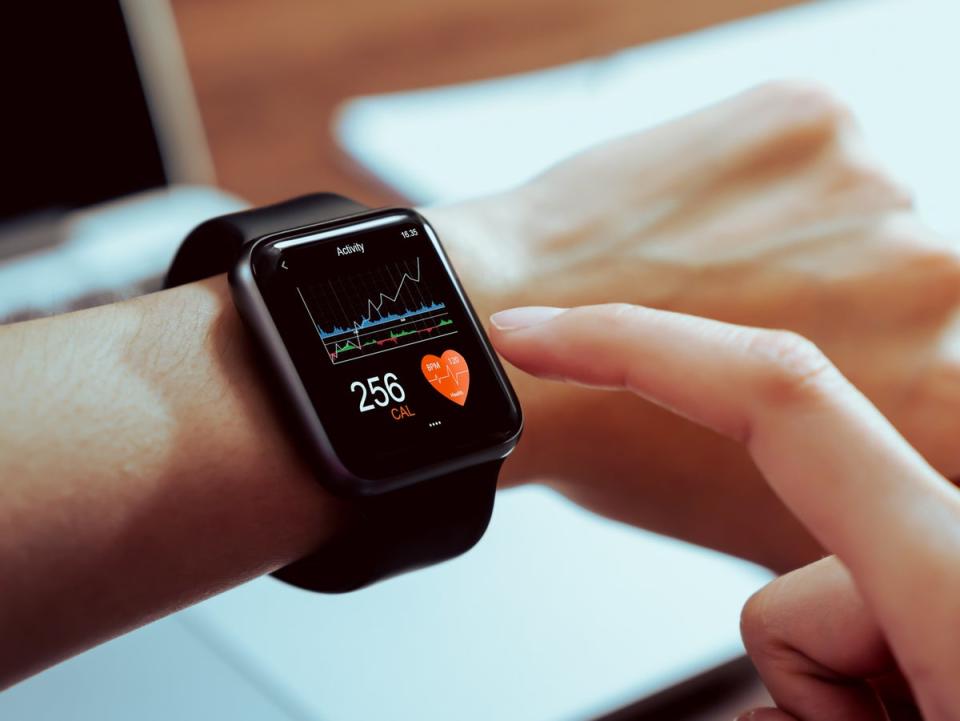A person’s heart rate can say a lot about their fitness levels.
With the average smartwatch or fitness tracker, people have a wealth of information about their health and fitness, including their heart rate. From heart rate zones to variability, there’s a lot of information at our disposal, but sometimes the meaning of all these statistics can get lost on those unfamiliar with them.
Mayo Clinic cardiologist Kathryn Larson recommends that patients determine their health and fitness goals first to identify what they plan to do with the information. She told The New York Times, “The discussion changes a lot based on what that patient or athlete wants to do with that data.”
Experts suggest measuring your heart rate – the number of heartbeats in a minute when you are not exerting yourself – without a device by finding your pulse in your neck or wrist to get the ball rolling. When you place your fingers by either, count the beats you can detect within 15 seconds, and multiply that number by four – that’s how you’ll find your heart rate.
Meanwhile, your maximum heart rate can be determined by measuring how fast your heart beats during intense exercise, which is when fitness trackers like the Apple Watch come in handy. Throughout the day, devices like these can measure your heart rate through a tiny light that measures changes in the blood flowing through the vessels in your wrist. A healthy resting rate lies between 60 and 100 beats per minute, however, people with higher fitness levels like athletes will often have lower resting heart rates than less active people.
With this information, you can determine how you want to approach different zones of your heart rate and find out what you need to do to train them. Cleveland Clinic cardiologist Dr Tamanna Singh explained to the outlet, “The best way to really understand zones is by understanding the effort, and the purpose.”
Fitness trackers can estimate your heart rate zones and inform you how to reach them in your workout. They can also help you design workouts that specifically target goals including building endurance and stamina.
Experts recommend different exercises for each zone: zone one can be either a warm-up or a cool-down, zone two should be slightly more challenging but manageable for long stretches, zone three should be higher intensity and less sustainable, and zone four should be what you consider your threshold workout in which you max out.

Devices can also calculate heart rate variability, which monitors how recovered or tired you are between workouts by tracking how your heart rate naturally fluctuates between beats. Lower numbers after a hard workout indicate that the person needs a longer recovery time while higher numbers show that the person can bounce back much quicker.
However, experts note that fitness trackers aren’t always reliable and can make mistakes, adding that prospective users shouldn’t rely too much on the data. Dr Larson told the Times, “Any device is going to be detecting things accurately at times and also can be sometimes unreliable.”
She recommends trying to talk while exercising to gauge your heart health, paying attention to this can be an easy way to monitor how you’re doing without any fancy devices.

